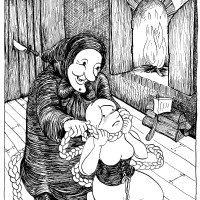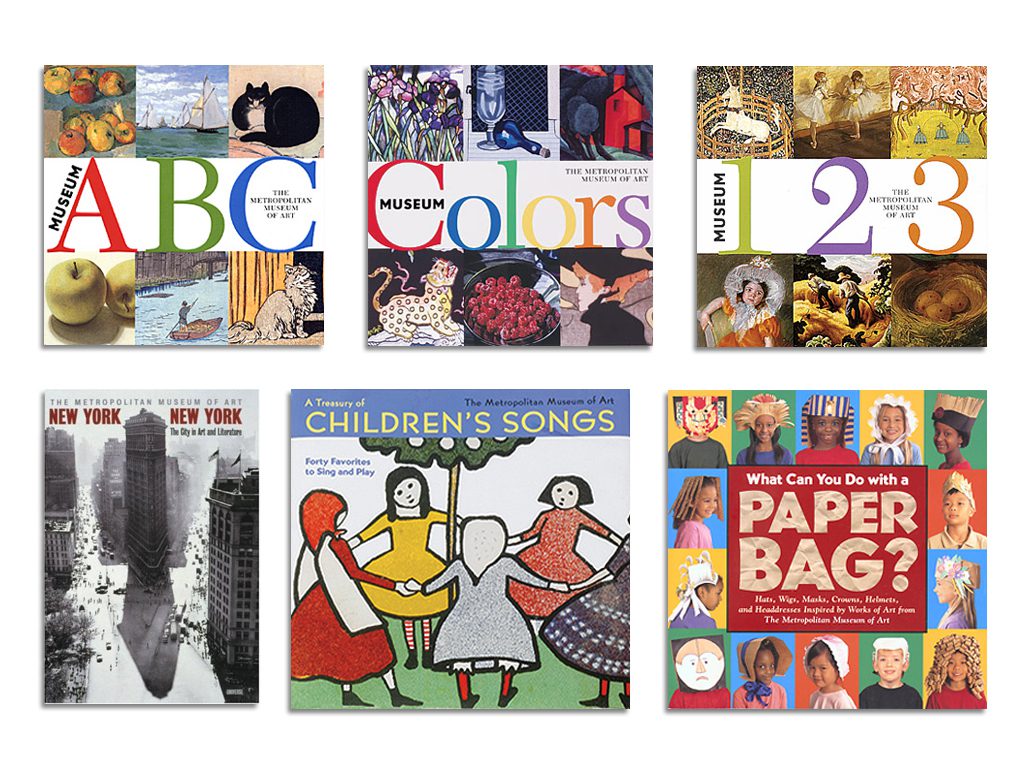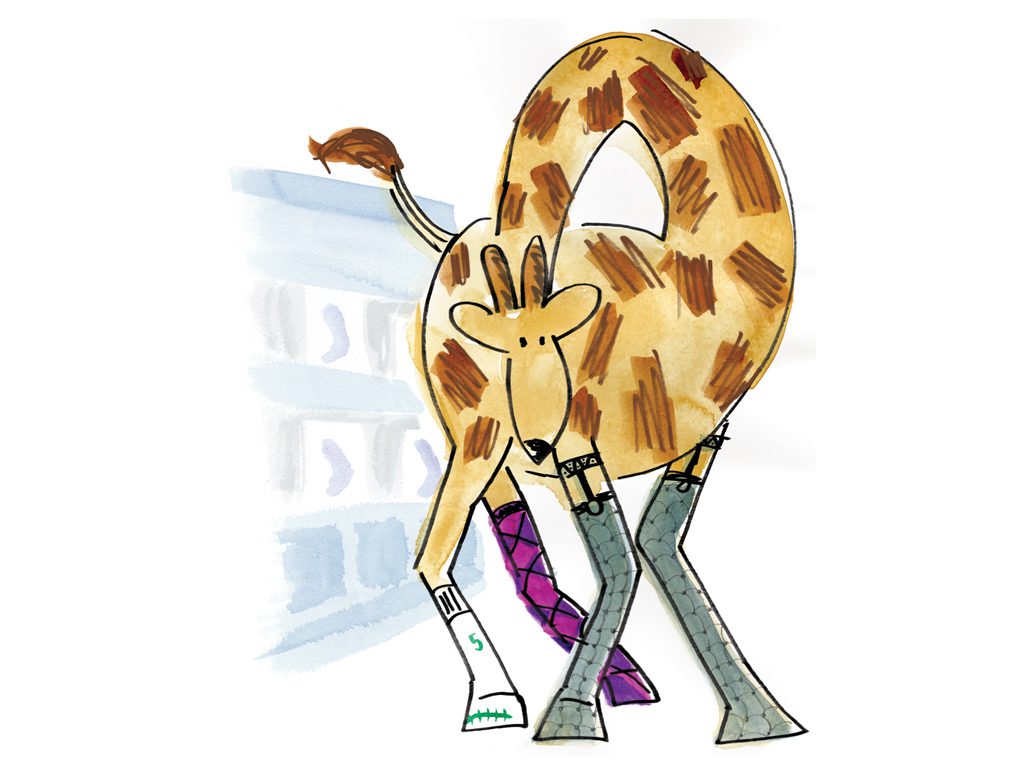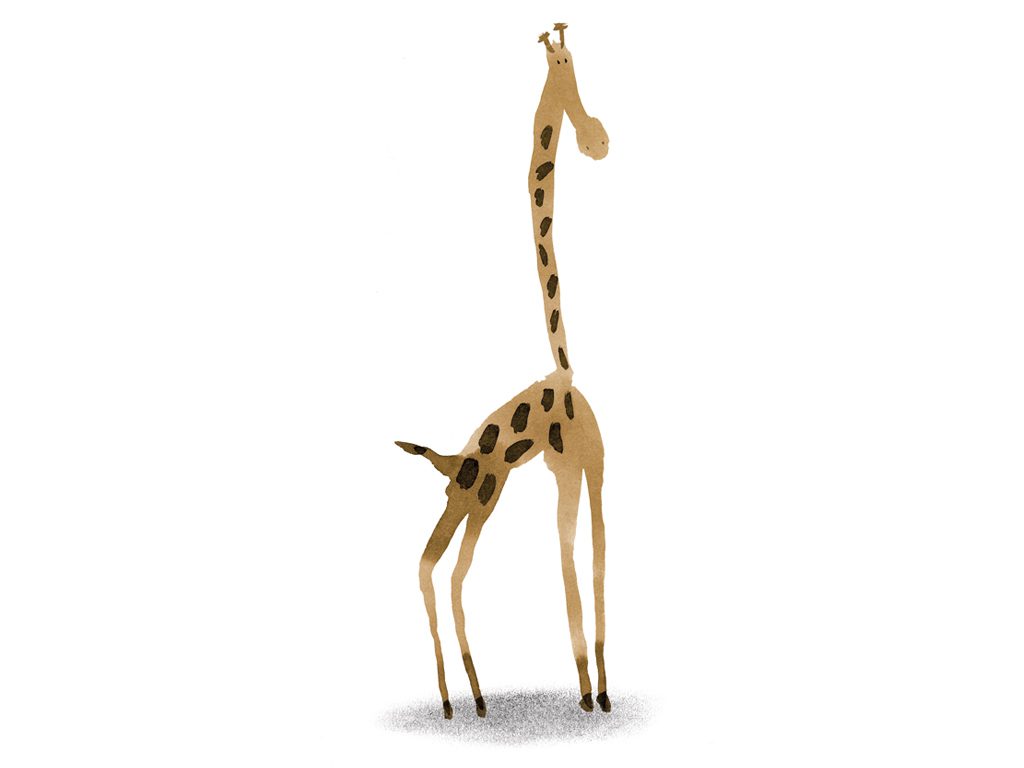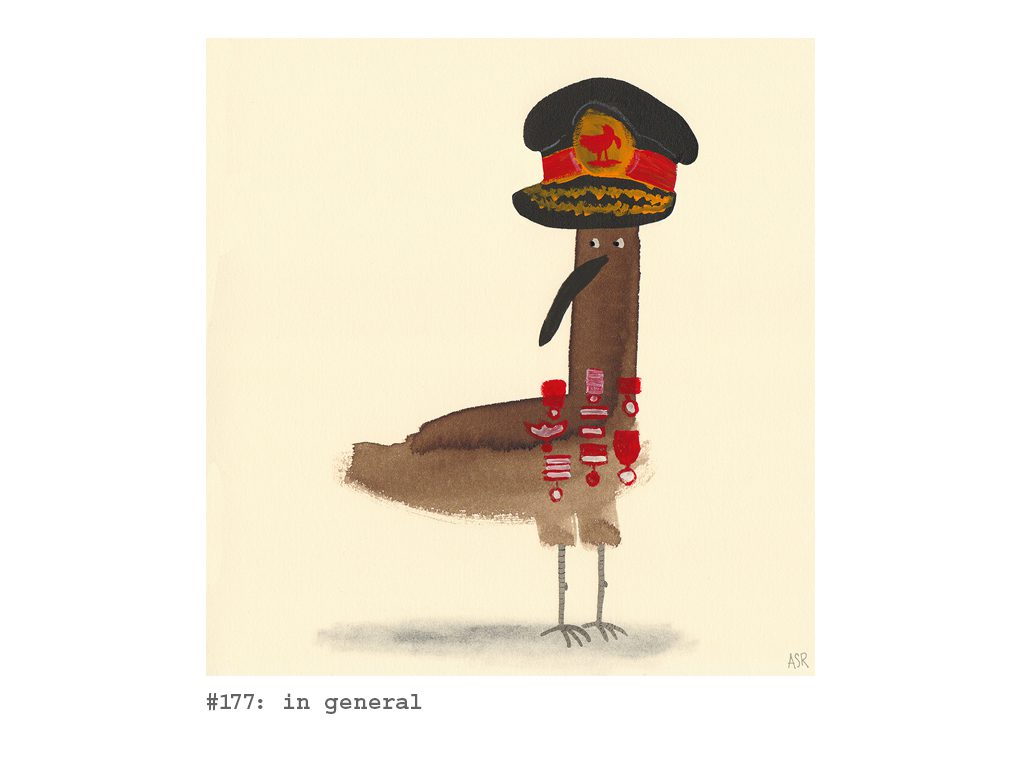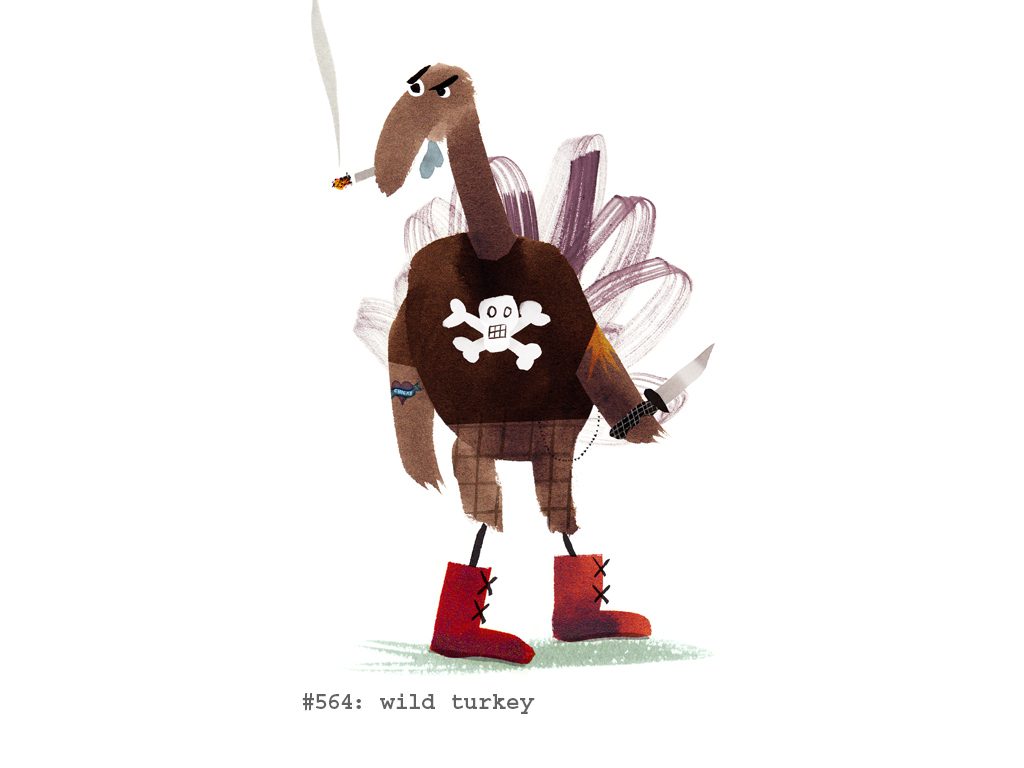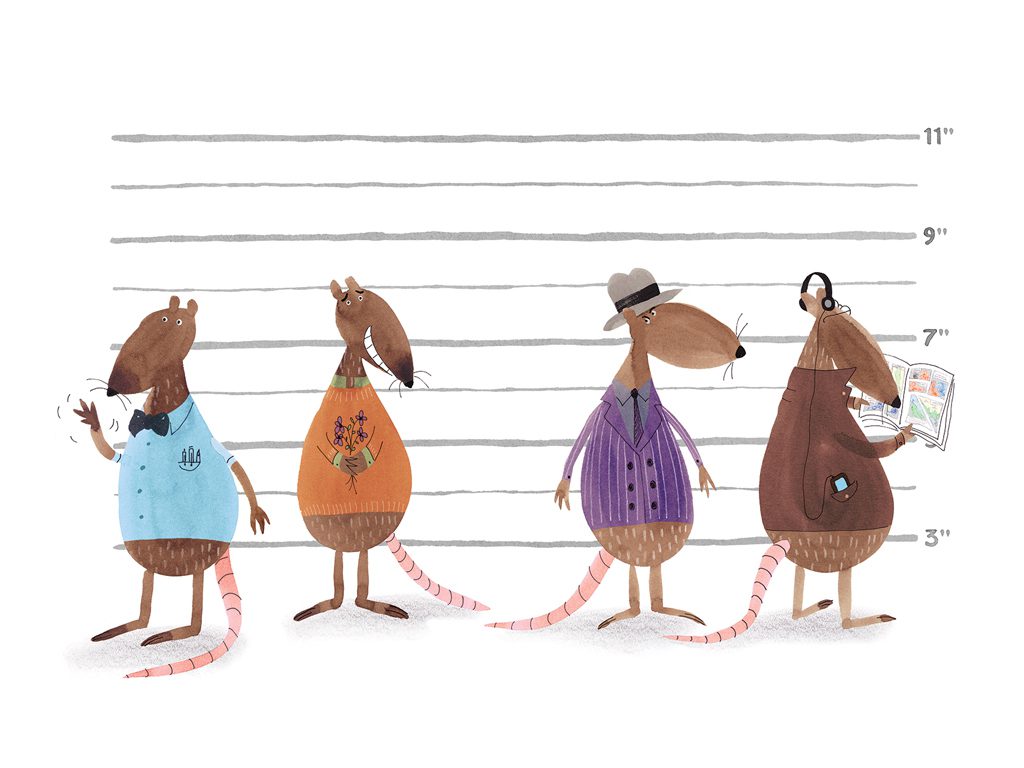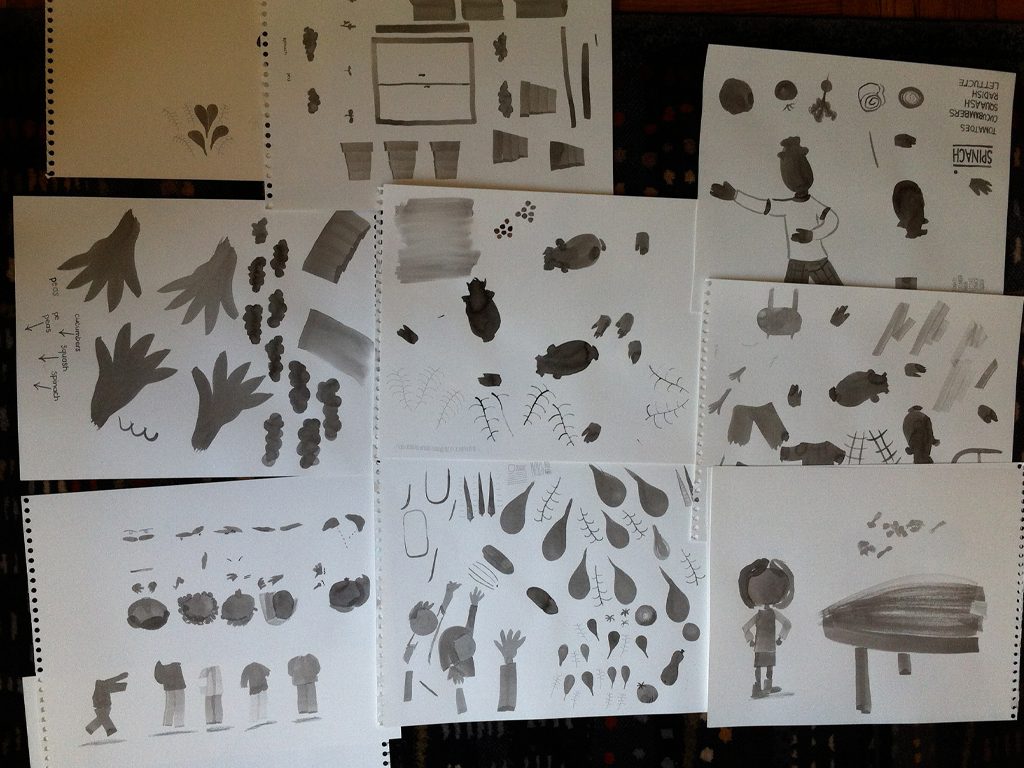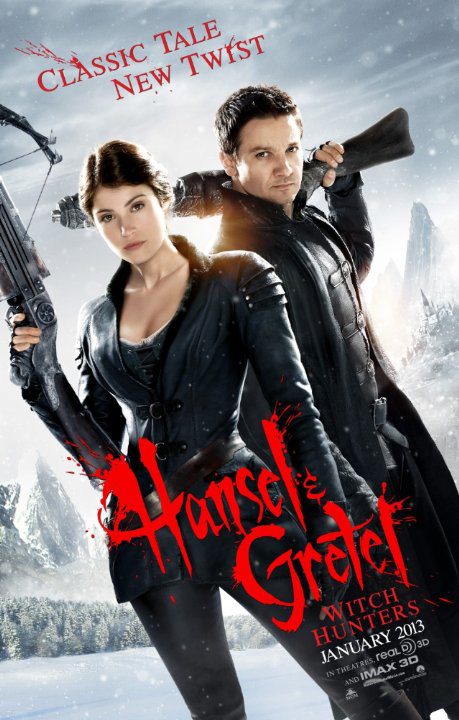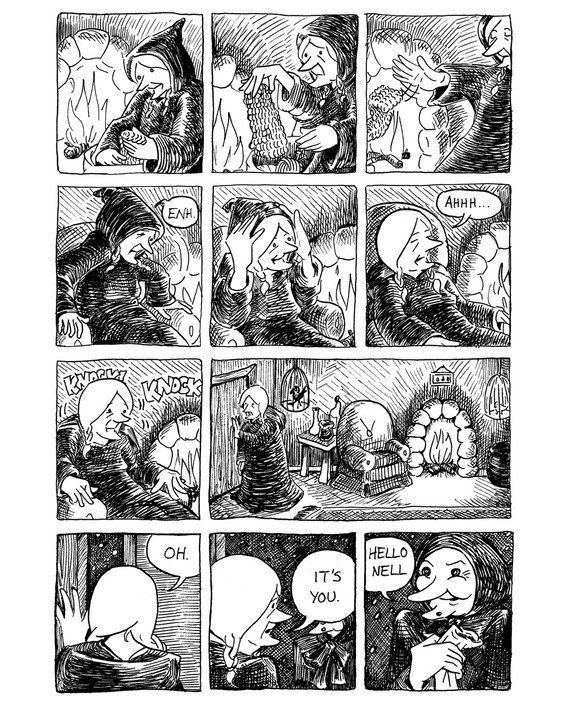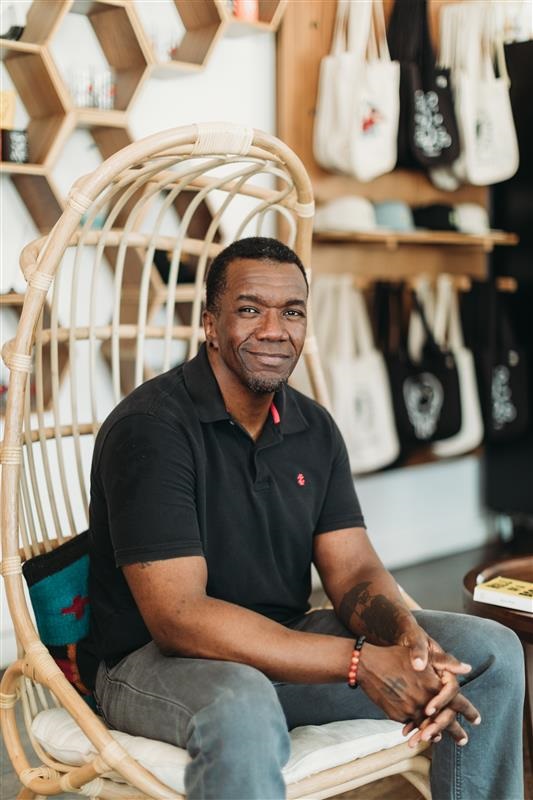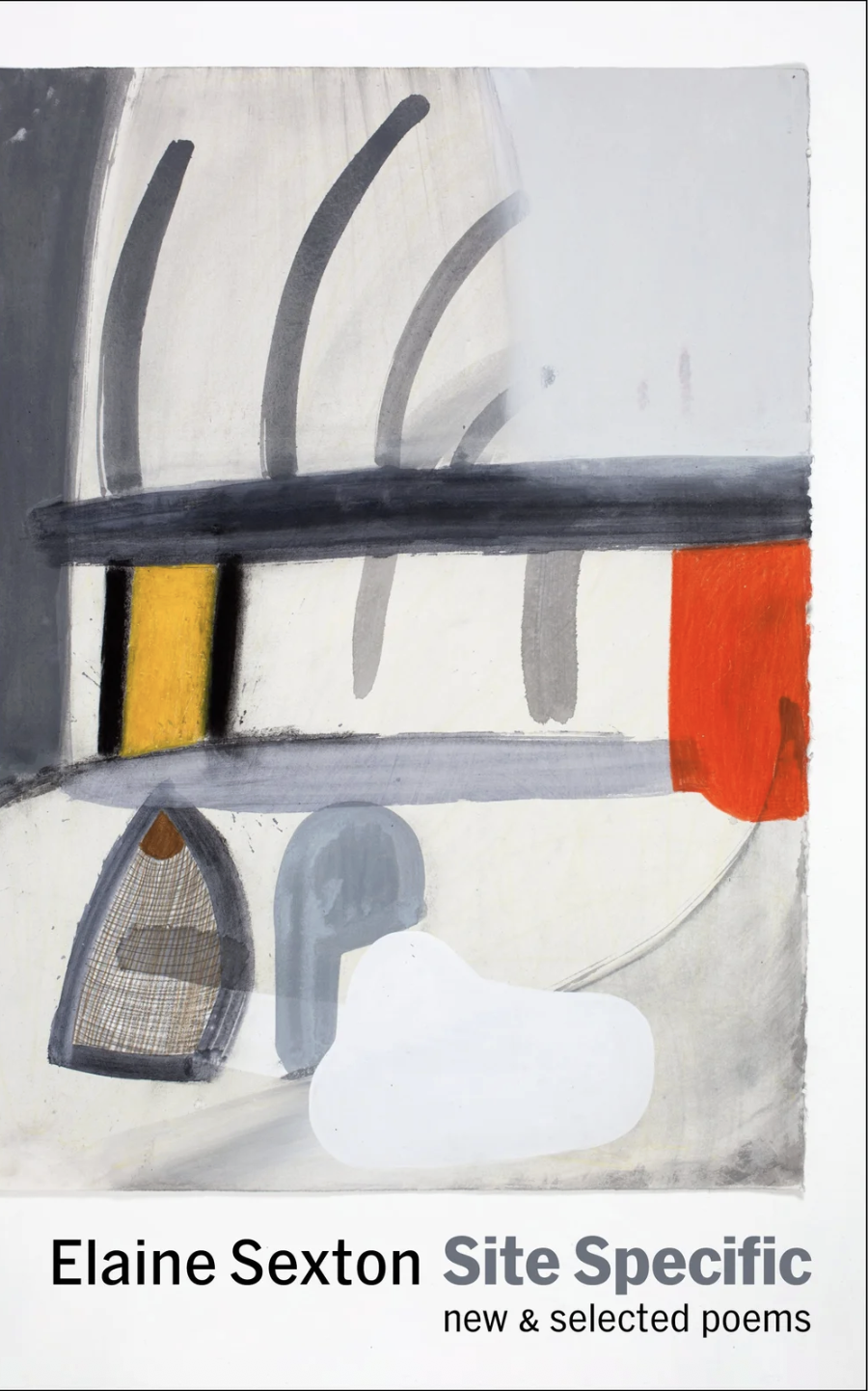The New York Comics & Picture-Story Symposium is a weekly forum for discussing the tradition and future of text/image work. Open to the public, it meets Monday nights at 7-9 p.m. EST in New York City. Presentations vary weekly and include everything from historical topics and technical demonstrations to creators presenting their work. Check out upcoming meetings here.
The 93rd meeting of the New York Comics and Picture-story Symposium was held on August 4th at Dixon Place. Anna Raff discussed the career path leading to her current work illustrating children’s books, and Sophia Wiedeman discussed her experiences incorporating fairy tales into comics, particularly her series The Lettuce Girl.
*
Anna Raff opened with an overview of the imagery that mattered to her as a child, highlighting material from P.D. Eastman, Dr. Seuss, and Maurice Sendak, as well as the Muppets and Bugs Bunny. Her love of art led her to major in the field, and when she graduated into a recession, she decided that it would be wise to pursue a career in design. After a stint in book publishing, she ended up at the Metropolitan Museum of Art, where she essentially comprised a one-woman art department in their merchandise publishing program.
After a long tenure there, she found herself twenty years into a career that involved very little actual drawing. She knew she wanted a big change, so she pursued an MFA at SVA’s Illustration as Visual Essay program. While there, she concentrated on quirky book projects like Alphabetic Ballyhoos, which blended the sensibilities of illuminated manuscripts with picture books.
When she hit a frustrating patch while working on her thesis, her advisor suggested a mark-making exercise that involved working quickly on cheap paper, and drawing in ink washes. This method encouraged her to to ground her images in shapes more than lines, and it proved to be a breakthrough. The style has served her well ever since.
With graduation looming, the designer and art director in Raff knew that she’d need a disciplined process to get through the arduous work of establishing a career in illustration. She also knew it would have to be something she enjoyed. So she devised Ornithoblogical, a project that involved posting daily bird illustrations that showcased Raff’s signature style and her love of visual puns.
Much of the rest of Raff’s talk focused on the blog. She explained how it allowed her to maintain the good drawing habits she had developed in school, gave her a chance to create work in a playful context, and helped establish recognition and trust with potential employers. The project gained momentum, particularly after it was publicized by Noah Scalin, a popular blogger working in a similar daily format. Raff also supported her efforts with an impressive social media regimen.
The strategy has led to an exciting illustration career, and Raff showed the audience work from book projects including World Rat Day, on which she collaborated with Children’s Poet Laureate J. Patrick Lewis; Things That Float and Things That Don’t; and upcoming projects including The Wrong Side of the Bed, Simple Machines, and Little Card.
Questions from the audience focused on Raff’s process, both creatively and in terms of how she’s structured her career. She clarified that, surprisingly, her vibrant drawings start out as grayscale ink washes, with color added digitally at a later stage.
*
Sophia Wiedeman focused on integrating aspects of fairy tales into her comics work, particularly her series The Lettuce Girl. Like Raff, Wiedeman is a graduate of SVA’s Illustration as Visual Essay program. Her thesis project for the program, titled The Deformitory, won a Xeric Grant in 2008.
Having always loved fairy tales, Wiedeman described growing up with Arthur Rackham’s illustrations and the Well-Loved Tales series of children’s books. As an adult she discovered Bruno Bettelheim’s Uses of Enchantment, and reading it proved somewhat of a revelation. While the book’s approach to fairy tales was somewhat more academic than her own, it got her thinking about new ways to approach the material that had been so foundational for her.
She pointedly rejected most attempts to make fairy tales more palatable for adults, like the recent action-film take on Hansel and Gretel. She observed that these projects almost always rely on cranking up levels of sex and violence in what is otherwise considered children’s material—but that fairy tales are already full of sex and violence, and that making these subtexts explicit is clumsy at best.
After graduating from SVA, Wiedeman began working on The Lettuce Girl, a four-part story based loosely on the Rapunzel fairy tale. She paced the tale around the natural calendar, pairing each issue to a season, and tweaked several key elements of the traditional story. Here the protagonist is named Hazel, and Wiedeman focuses on her relationship with various mother figures. Hazel’s biological mother appears only briefly, effectively losing her daughter when she sends her husband to steal lettuce, which she craves during her pregnancy. (Wiedeman pointed out that in antiquity, such a craving would probably have indicated a genuinely desperate need for vitamins.) The owner of the vegetable patch, a witch named Nell, spares Hazel’s father in exchange for his unborn daughter.
Nell, too, faces a great craving. She aches for a child of her own, and develops a smothering and ultimately abusive approach toward her surrogate motherhood. This abuse has literal implications—she locks Hazel in a tower, obsessively manages her diet, and lashes out in rage when the girl resists her control—and also subtler ones. Once Hazel escapes, she finds herself in the house of Millie, a witch with habits taken straight out of the Hansel and Gretel tale. Wiedeman remarked that Nell’s obsessive overprotectiveness has left Hazel without the skills to recognize or deal with a truly dangerous situation.
Millie ultimately represents a third, more genuinely monstrous mother figure. Where Nell’s failings can be read as misguided love, Millie is only self-interested. Like Nell, she overfeeds Hazel, but she does so because she literally wants to consume the younger woman.
Hazel’s stay with Millie culminates in a striking scene where the witch attempts to strangle her with her own long braid. Hazel prevails and kills her captor, only to find that her hair has become hopelessly entangled with Millie’s corpse, chaining her to the older woman. It’s a cord she must cut to escape.
Wiedeman emphasized that she did not want to take an overly proscriptive approach to the story, and that she only recognized many of its symbolic aspects in retrospect. For instance, she wanted to avoid a prince, so she created a snakelike companion for Hazel named Ula—it was quite some time before she realized she’d replaced the prince with an enormous phallic symbol. She also talked about the complicated feelings she developed toward her characters, and how she particularly could not bear to give Nell a completely unhappy ending.
She spoke about her impulses to self-edit, and how she wanted to push the work to a darker, more intense place. During the question period, one audience member asked why she felt the need to self-censor. Wiedeman said she wasn’t sure whether it had more to do with children, who do read her work, or their parents. The audience member pointed out that her restraint may have inadvertently led to more deeply unsettling effects in some cases.
***
Image Credits:
Image 1: Panel from The Lettuce Girl, Sophia Wiedeman
Image 2: Design work for the Metropolitan Museum of Art, Anna Raff
Image 3: Page from Alphabetic Ballyhoos, Anna Raff
Image 4: Process sketch for MFA thesis, Anna Raff
Image 5: Process sketch for MFA thesis, Anna Raff
Image 6: Onithoblogical blog post, Anna Raff
Image 7: Onithoblogical blog post, Anna Raff
Image 8: Image from World Rat Day, Anna Raff, 2013
Image 9: Process sketches for Sylvia Spinach, Anna Raff, 2012
Image 10: Cover to The Lettuce Girl Part IV, Sophia Wiedeman
Image 11: Illustration for Fairy Tales of the Brothers Grimm, Arthur Rackham, 1909
Image 12: Movie poster for Hansel & Gretel: Witch Hunters, 2013
Image 13: Panel from The Lettuce Girl Part I, Sophia Wiedeman
Image 14: Page from The Lettuce Girl Part I, Sophia Wiedeman
Image 15: Panel from The Lettuce Girl Part IV, Sophia Wiedeman
Image 16: Page from The Lettuce Girl Part I, Sophia Wiedeman
Image 17: Page from The Lettuce Girl Part IV, Sophia Wiedeman
Image 18: Page from The Lettuce Girl Part III, Sophia Wiedeman
Image 19: Panel from The Lettuce Girl Part IV, Sophia Wiedeman
***
About the author: Alexander Rothman is a cartoonist and poet whose work combines the two forms. He is co-editor-in-chief of the journal INK BRICK, and he cohosts Comics For Grownups, a comics-review podcast available for free on iTunes. You can see his work at versequential.com and inkbrick.com.
